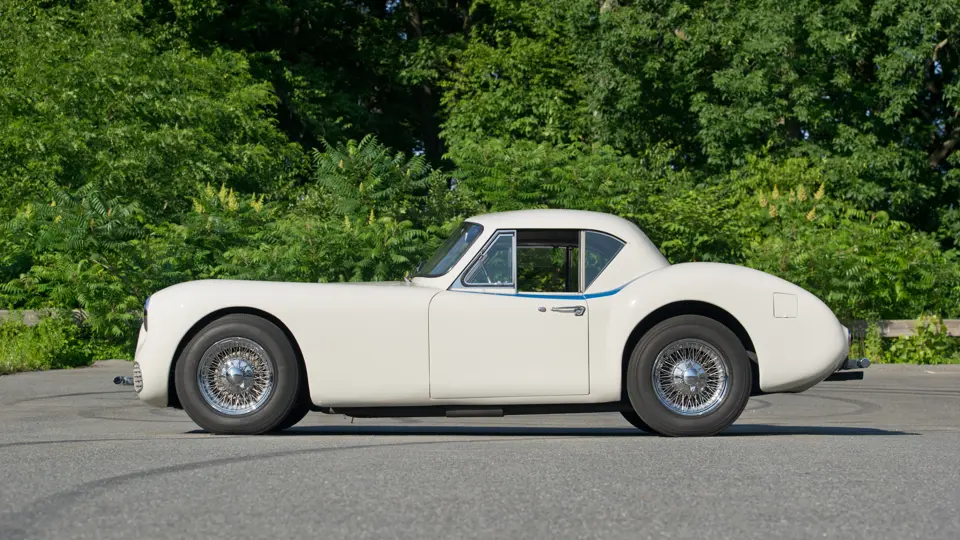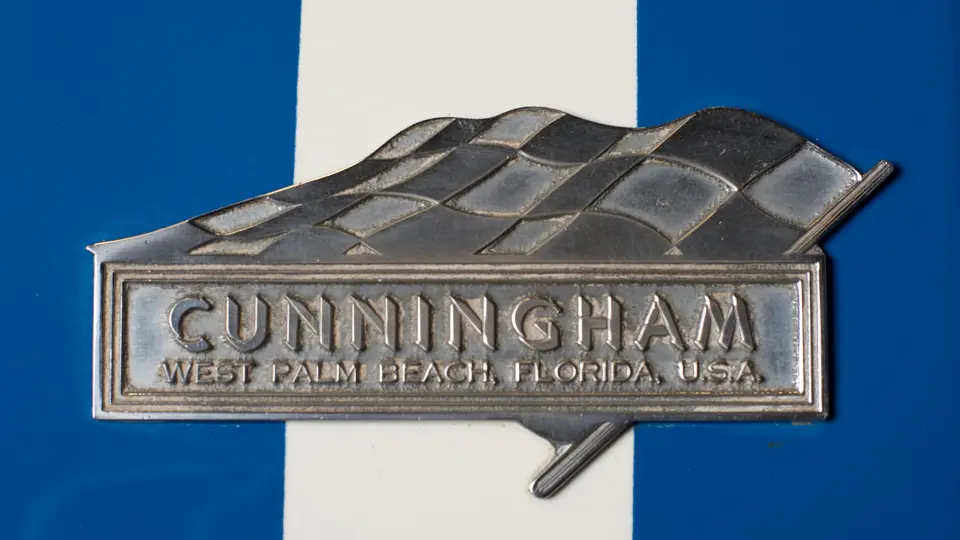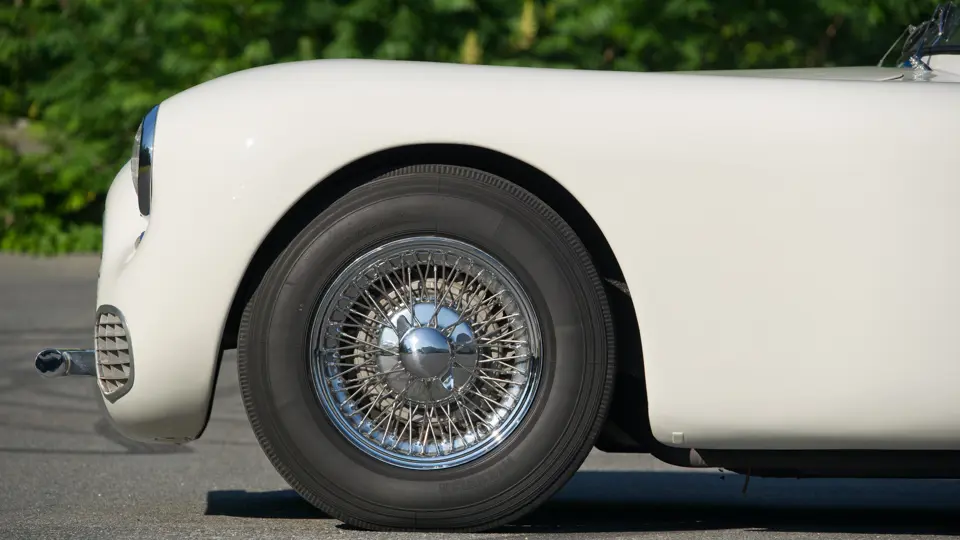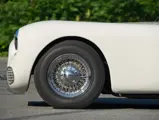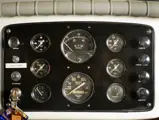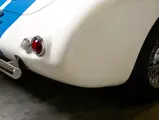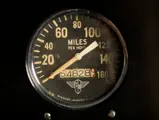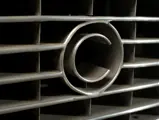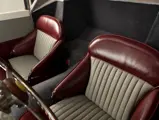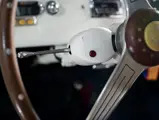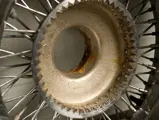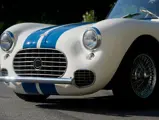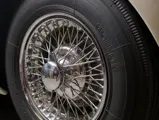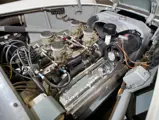220 hp, 331 cu. in. Chrysler ‘Hemi’ V-8, four Zenith carburetors on a Cunningham log manifold, independent front suspension, live rear axle, Cadillac three-speed manual transmission.
- Singular example of Cunningham’s Competition C-2R-based coupe
- Restored to exacting factory specifications
- Impressively documented, unbroken ownership history from new
In racing circles – and in the sailing community for that matter – the name Briggs Swift Cunningham II requires no introduction. To call him an entrepreneur and the quintessential American sportsman is a vast understatement. Not only did he win the America’s Cup in 1958 and invent an eponymous sailing device, but he also made the cover of Time magazine and competed successfully at Le Mans as early as 1950. This, without even considering the extraordinary race and road cars to bear the “Cunningham” name, which were not only incredibly rare on the street but tremendously competitive at Circuit de la Sarthe.
This, the only Cunningham C-3 coupe constructed entirely in Cunningham’s West Palm Beach workshop, is a virtually unknown car that has been described as the missing link between the legendary Cunningham C-2R competition cars raced at Le Mans and the Vignale-bodied Cunningham C-3 Continentals that followed.
The fearsome, American-built Cunningham C-2R was powered by a 331-cubic inch Chrysler hemi V-8 with a three-speed transmission and featured a two-speed rear axle. The chassis was built of tubular steel in Cunningham’s West Palm Beach, Florida shop with independent front suspension and a complex De Dion-type rear.
Multiple carburetors on a Cunningham-designed ‘log’ manifold and other engine and chassis modifications were offered as options. Briggs Cunningham told John Bentley of Motor Trend in 1951, “We don’t intend to build two separate types of car—one for racing and the other for touring. Our policy is to concentrate on one model readily adaptable for both purposes.”
Just three Cunningham C-2Rs were constructed and raced by Team Cunningham in 1951. All three Cunningham C-2Rs competed at Le Mans and continued to race with success in the US throughout 1951, driven by Phil Walters, John Fitch and Cunningham himself before being refitted as road cars and sold through Roger Barlow’s International Motors in Los Angeles.
The Cunningham C-3 street car was then introduced in November 1951. Production cost estimates created by B.S. Cunningham Company quickly established, however, that the West Palm Beach-built C-3 would have to sell at a projected price of $15,000 or more, when a contemporary Ferrari sold for approximately $10,000 in the US. Only two C-3s were completed in Cunningham’s West Palm Beach factory – one roadster and this coupe – before body production was shifted to Vignale in Turin where a further 25 Cunningham Vignale C-3 Continentals were completed to an entirely different design, with a new emphasis on grand touring luxury.
The importance of the Cunningham C-3 West Palm Beach coupe is immeasurable. This automobile is the only example created of the Cunningham C-3 coupe envisioned by Briggs Cunningham for racing and touring, shown only as a styling rendering in the company’s literature.
The chassis is recorded in Cunningham production records as “Work Order 6” and confirmed as the sixth Cunningham sports car constructed, serial number 5206*. The chassis is virtually identical to the C-2 competition cars constructed in Cunningham’s West Palm Beach factory. One significant difference is the integration of a roll bar into the chassis; this detail is unique to the West Palm Beach coupe and suggestive of competition intent, all documented by factory photographs.
The coupe was originally constructed with the same independent front suspension and De Dion rear end as the competition cars. The 331-cubic inch Chrysler hemi engine received competition modifications including four Zenith carburetors on the Cunningham log manifold that increased output to 220 hp, mated to a Cadillac three-speed manual transmission and two-speed rear axle, also the same as the competition C-2Rs.
The Cunningham C-3 West Palm Beach coupe was sold while still under construction to Cunningham friend Carl Kiekhaefer, owner of Mercury Marine and later a dominating NASCAR team owner.
As delivered, the Cunningham West Palm Beach Coupe was finished in Brewster Green with a pleated leather bench seat, dash and two-tone door panels covered in tan. The interior was fully carpeted. The car was also equipped with a radio as well as the same full instrumentation, full bumpers and modified grille as refitted to the competition C-2s prior to their sale. The coupe rode on cast alloy wheels described by Cunningham factory specifications as magnesium.
Kiekhaefer did not keep the West Palm Beach Coupe long, finding, among other things, that the De Dion competition rear end was unnervingly loud when driven on the road. Kiekhaefer returned the West Palm Beach Coupe to Cunningham in exchange for the first Vignale-bodied C-3 completed, which was also numbered s/n 5206, perhaps as an accommodation to Kiekhaefer, leading to considerable later confusion.
The second owner of the West Palm Beach Coupe was George Schrafft of Boston and Florida, whose name was well known in the 1950s for candy and ice cream. A build sheet hand-written at B.S. Cunningham Company recorded a number of factory modifications completed before making delivery of the C-3 Coupe to its second owner. These included replacing the bench seat with racing-style bucket seats. The De Dion rear end was exchanged for a live rear axle, and the original magnesium disc wheels were substituted with unique, gear-driven wire wheels. All of the changes undertaken by the Cunningham factory remain on the car today.
Schrafft kept the C-3 coupe until 1958, when it was sold to Henry Desormeau who owned the car for 41 years. Desormeau eventually began a restoration that included repainting the car in the classic Cunningham colors of white with blue stripes. The restoration was incomplete when Desormeau sold the car to the current owner shortly before Desormeau passed away in 1999.
The current owner completed an exacting restoration of the Cunningham C-3 West Palm Beach Coupe, to the specification as delivered by Cunningham to the second owner Schrafft, and was providentially aided by access to one of the three original Cunningham C-2R competition cars. The unique C-3 coupe was painted again to show-quality standards in the Cunningham colors. The coupe was fitted with racing-style bumpers; the original bumpers are also provided with the car. The interior was restored with the bucket seats fitted for Schrafft and other interior surfaces recovered in colors more suitable to the white and blue exterior than the original two-tone tan leather. Original panels were used as patterns and are provided with the car. The original, decorative chrome ‘spears’ seen in the period photographs have also been refinished and go with the car.
The Cunningham C-3 West Palm Beach Coupe has been preserved to the highest mechanical standard, with its Chrysler hemi engine retaining the original Cunningham log manifold with four Zenith carburetors, driven through the Cadillac three-speed transmission and live rear axle. The car is in excellent working order in every respect.
The sixth Cunningham built, this unique C-3 West Palm Beach Coupe was intended to introduce the ‘full-bore’ C-2R ethos to the company’s customers. It has fascinating, unbroken ownership history and comprehensively documented build specifications including its factory modifications. As the missing link between Cunningham’s competition and road car production, 5206X has been identified as the ‘holy grail’ within the tight circle of Cunningham aficionados. The car represents the founders’ infamous performance values in its most unadulterated form and, as such, would prove to be an exciting and attention-grabbing event car. Not to mention that it is an absolute blast to drive!
* Carl Kiekhaefer’s brief ownership of 5206 ended when he traded the C-3
West Palm Beach-built coupe back to Cunningham in exchange for the first Vignale-bodied C-3 finished in Italy, which was also numbered s/n 5206.
The duplicate assignment of s/n 5206 to two, different Cunningham sports cars may have been done in the day for tax purposes. This automobile is irrefutably the sixth Cunningham sports car constructed and assigned s/n 5206 upon construction. Cunningham historians are in agreement that the suffix ‘X’ was later assigned to the C-3 West Palm Beach coupe to differentiate the two cars.
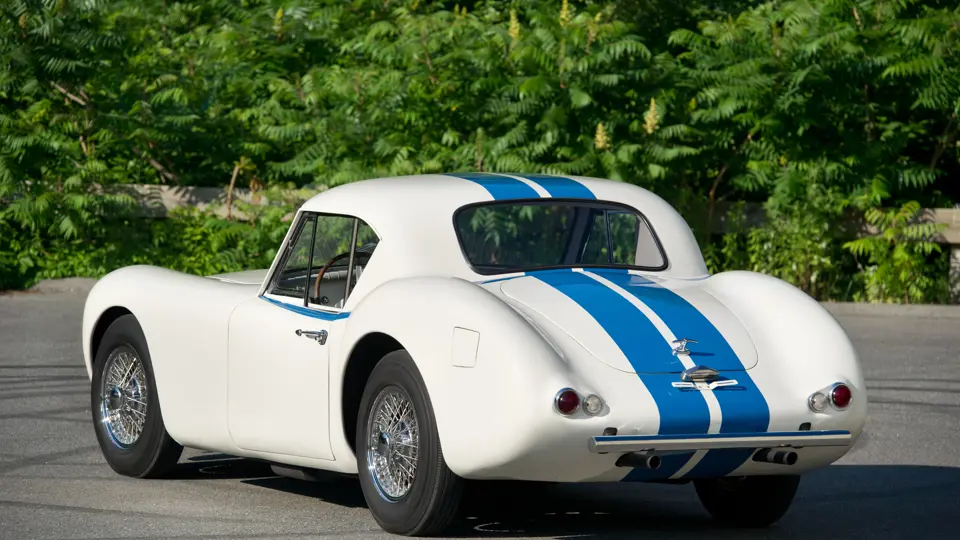
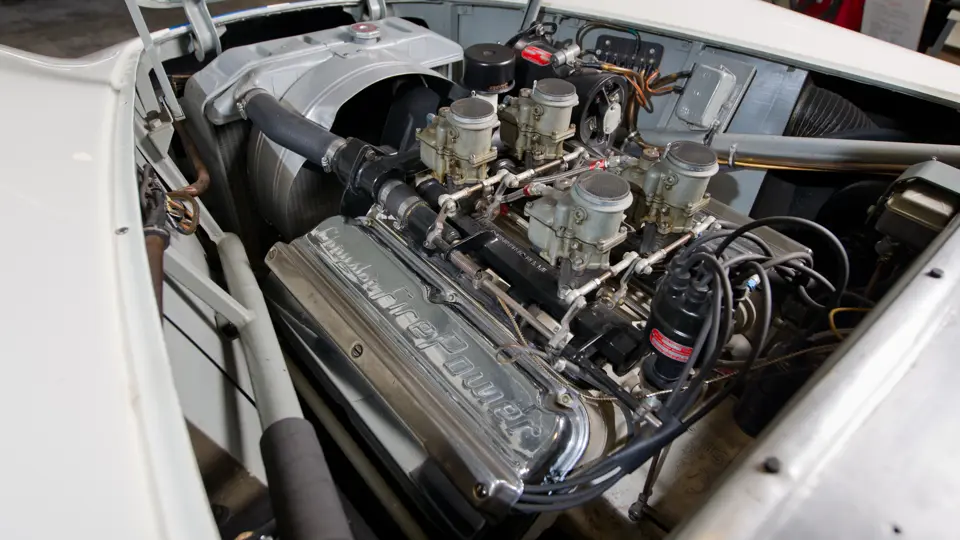
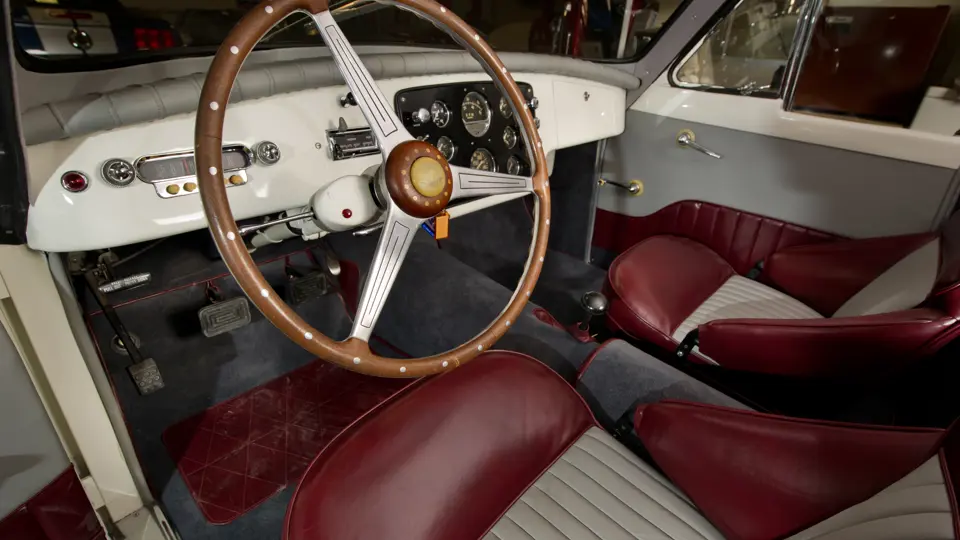

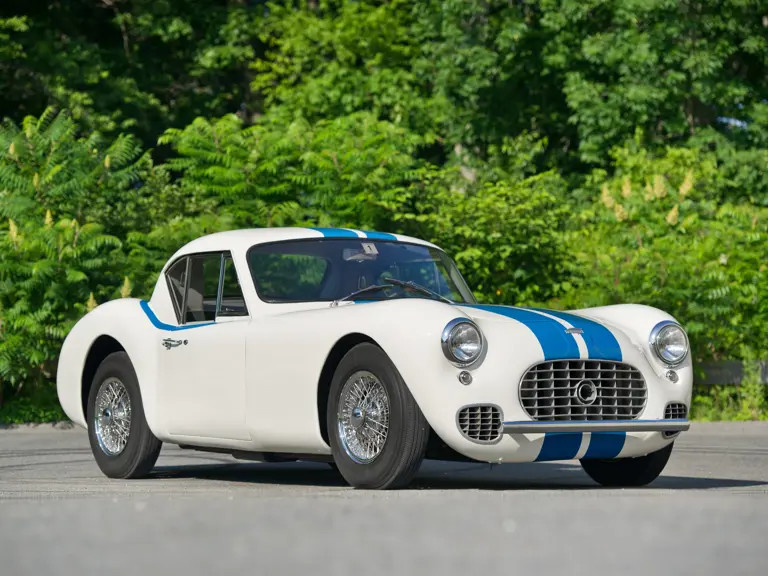
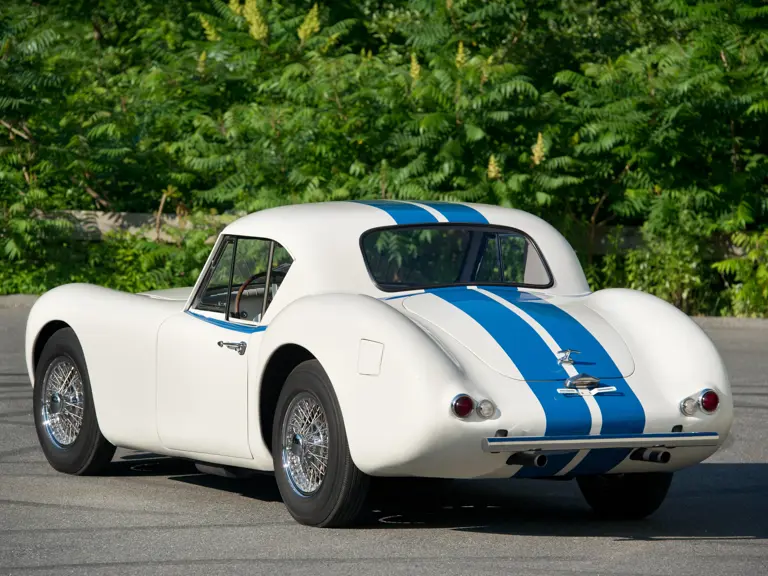
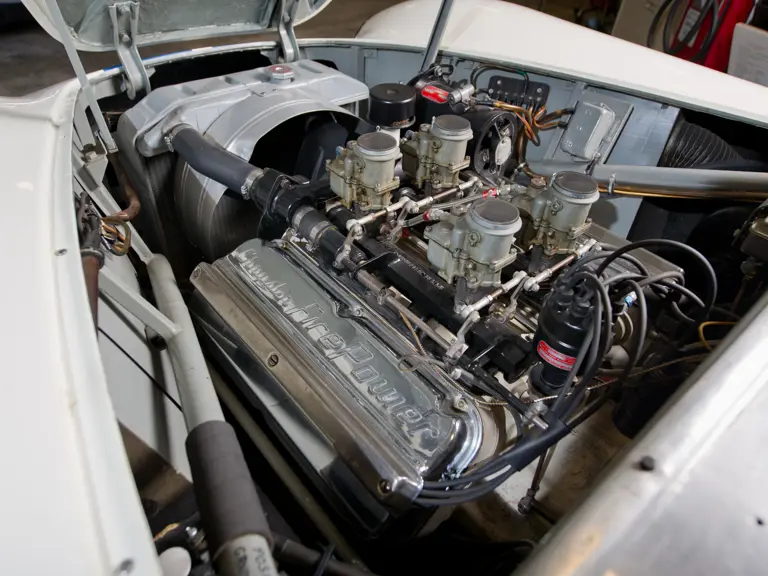
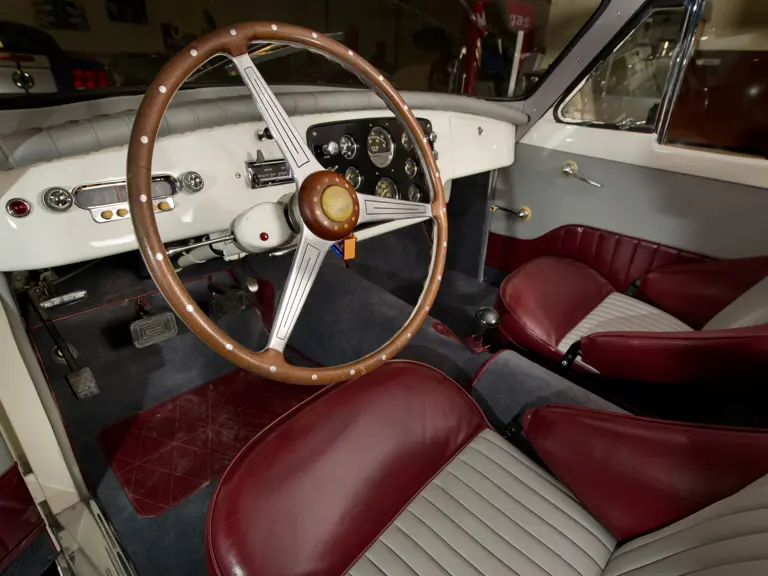
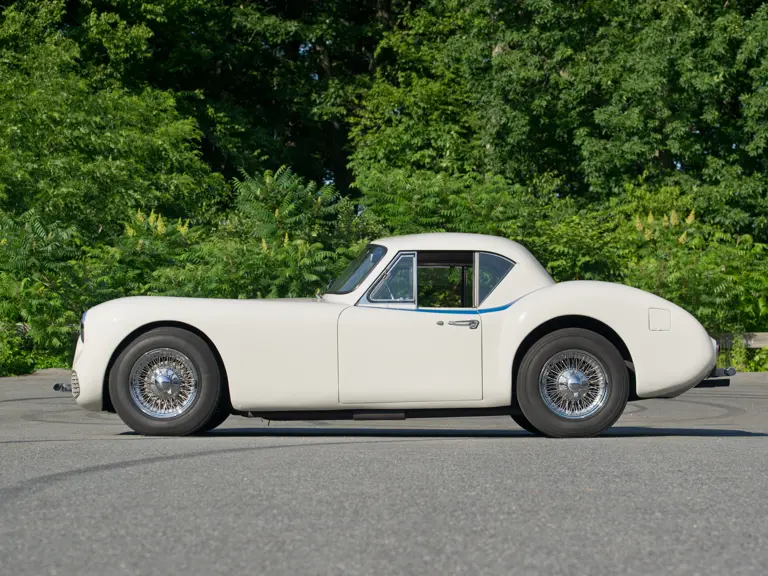
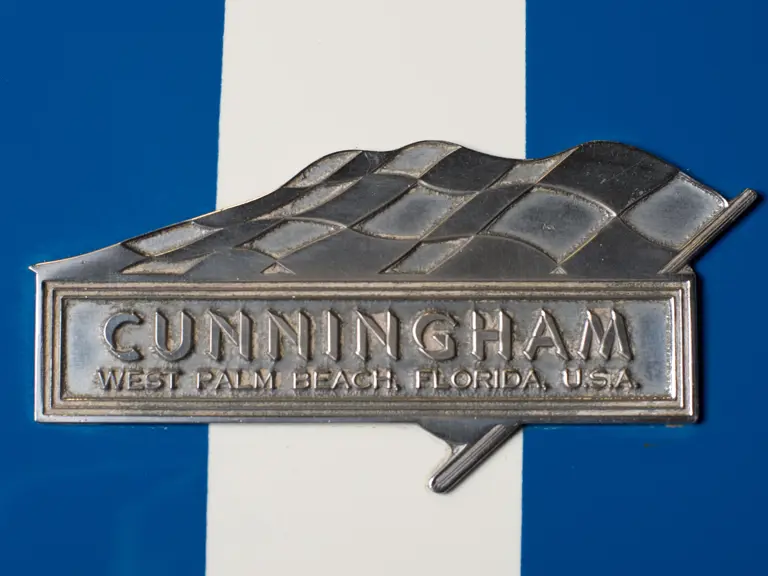
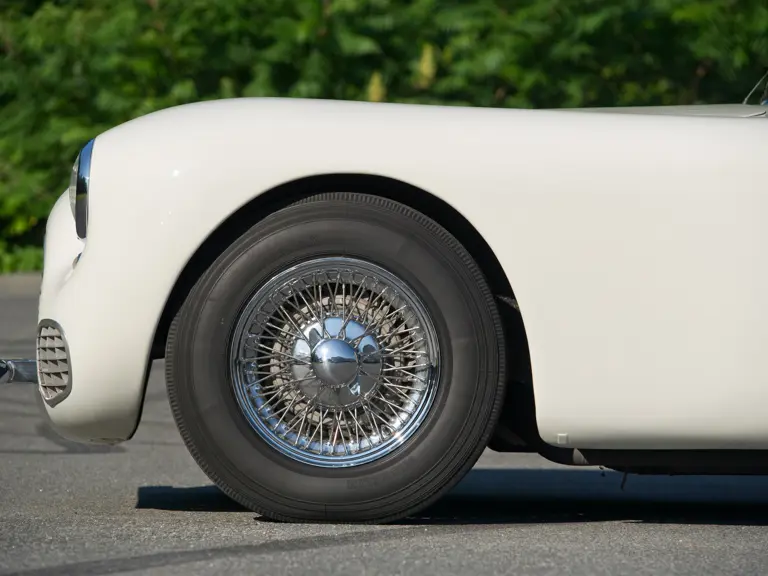

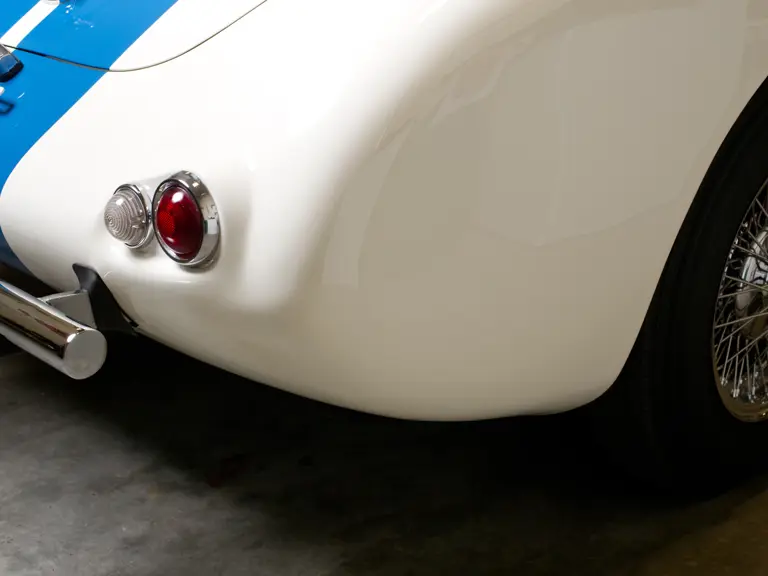
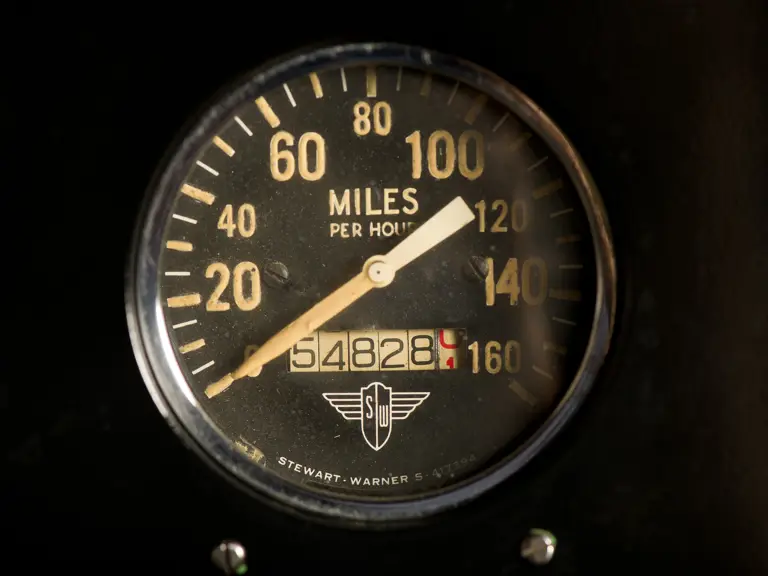
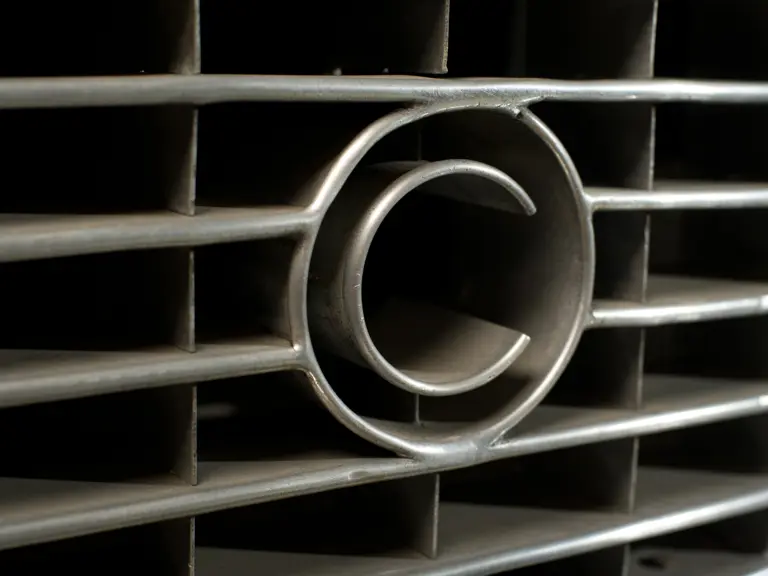
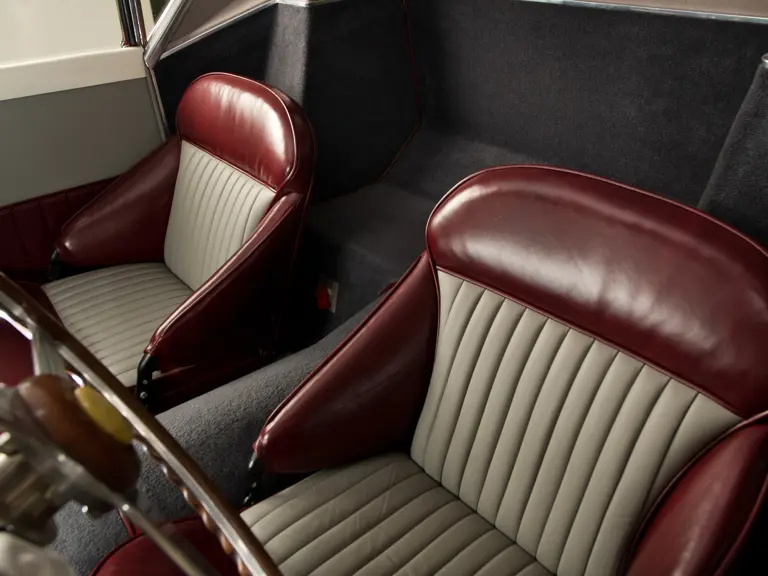
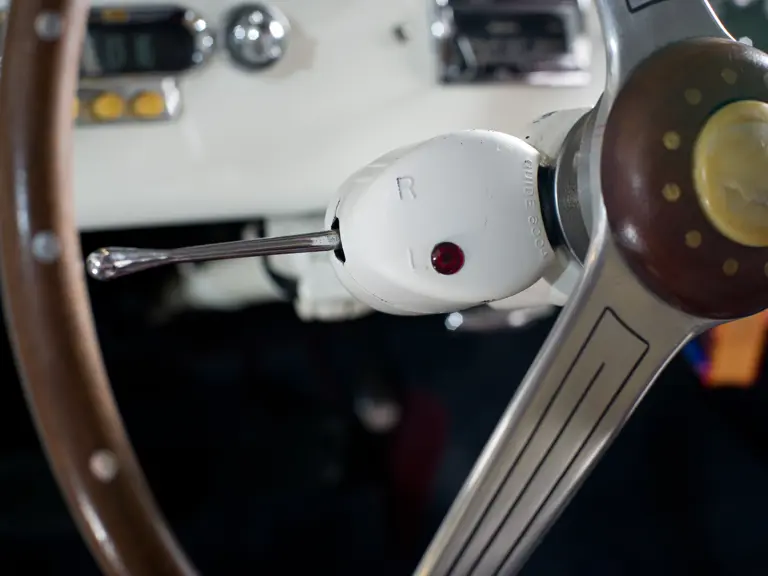
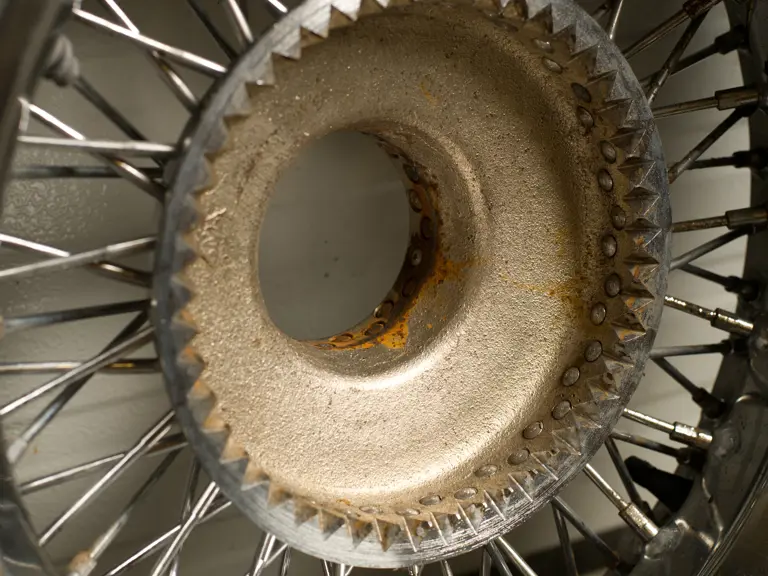
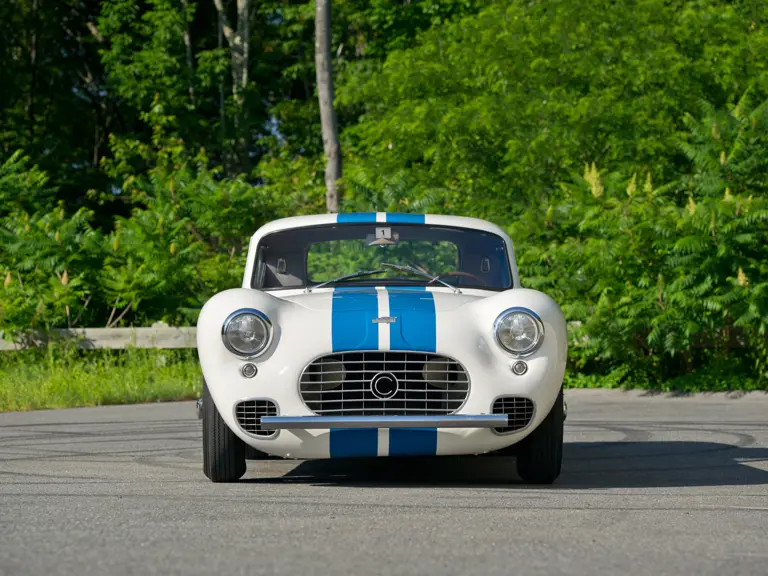
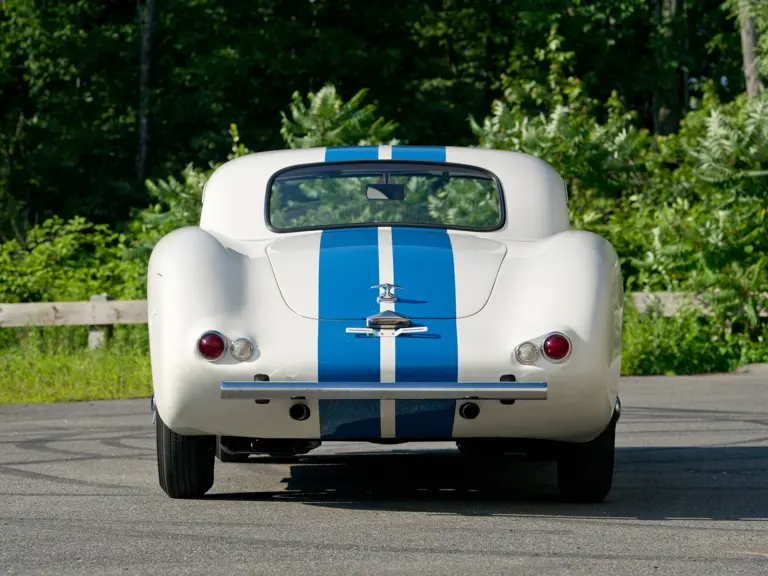
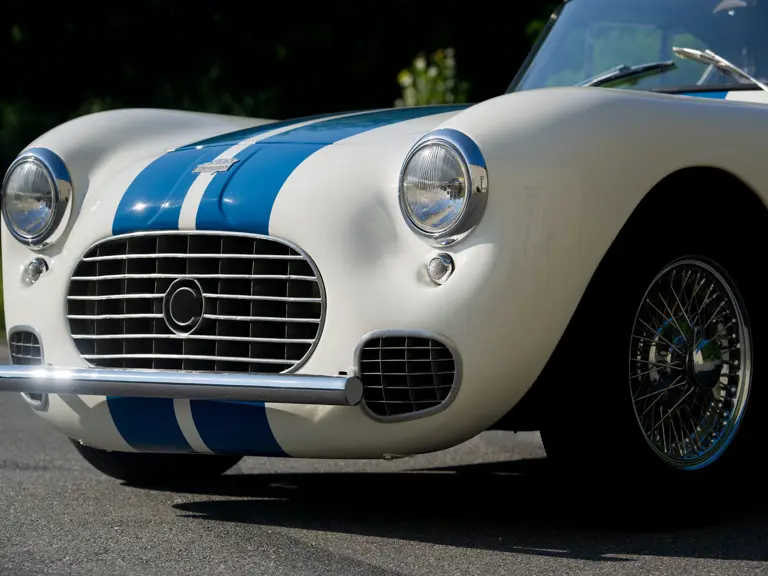
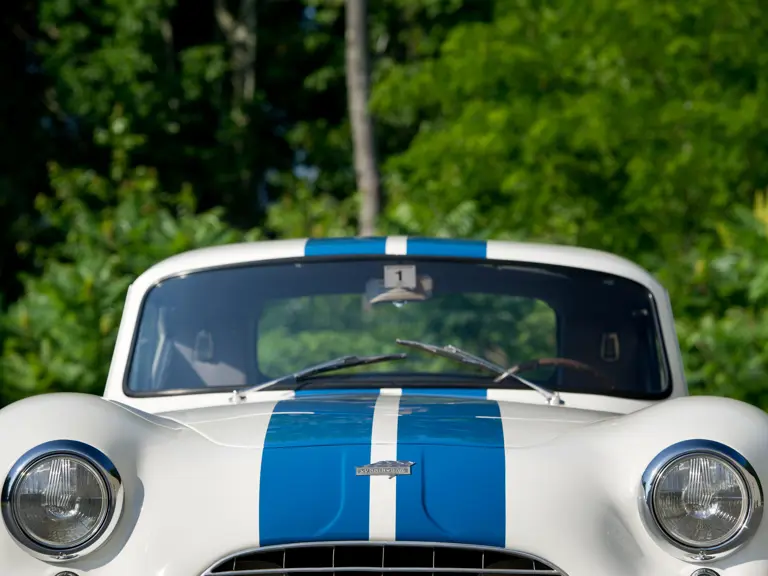
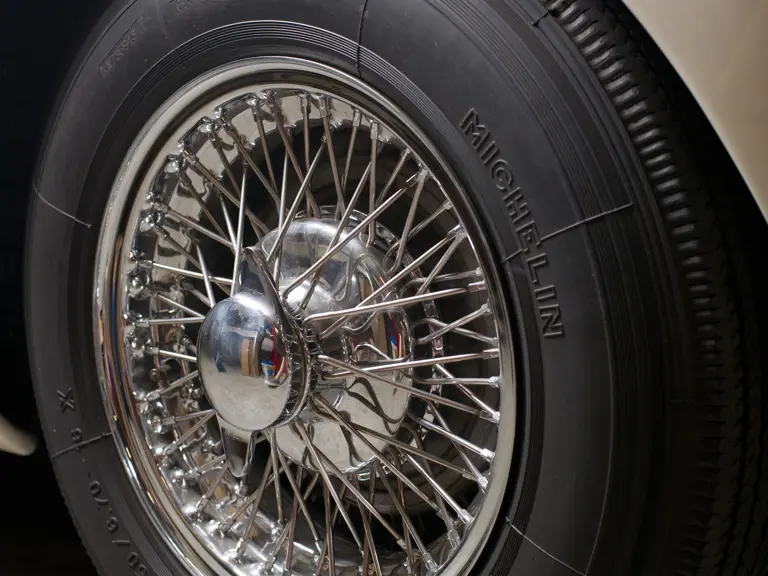
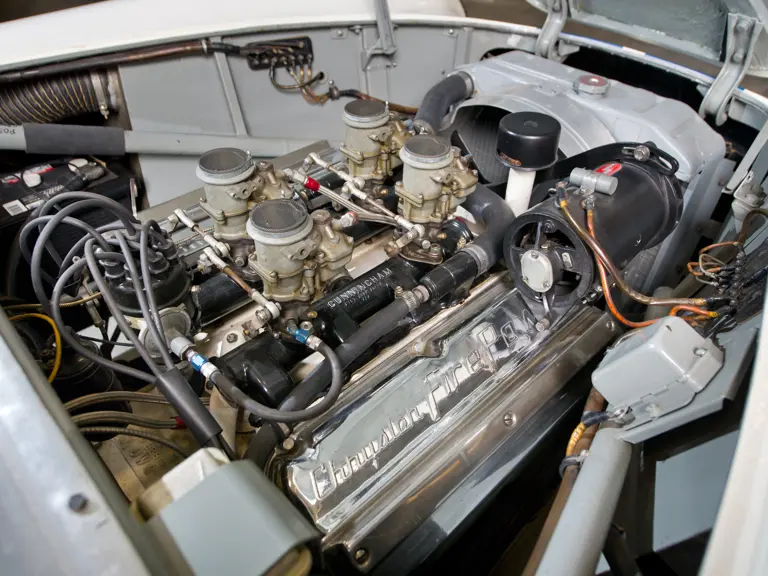
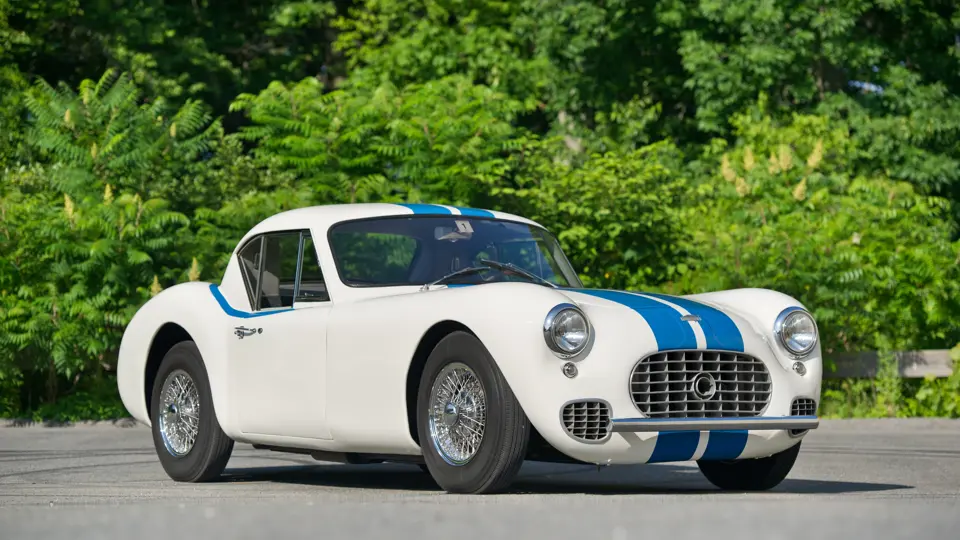
 | Monterey, California
| Monterey, California
